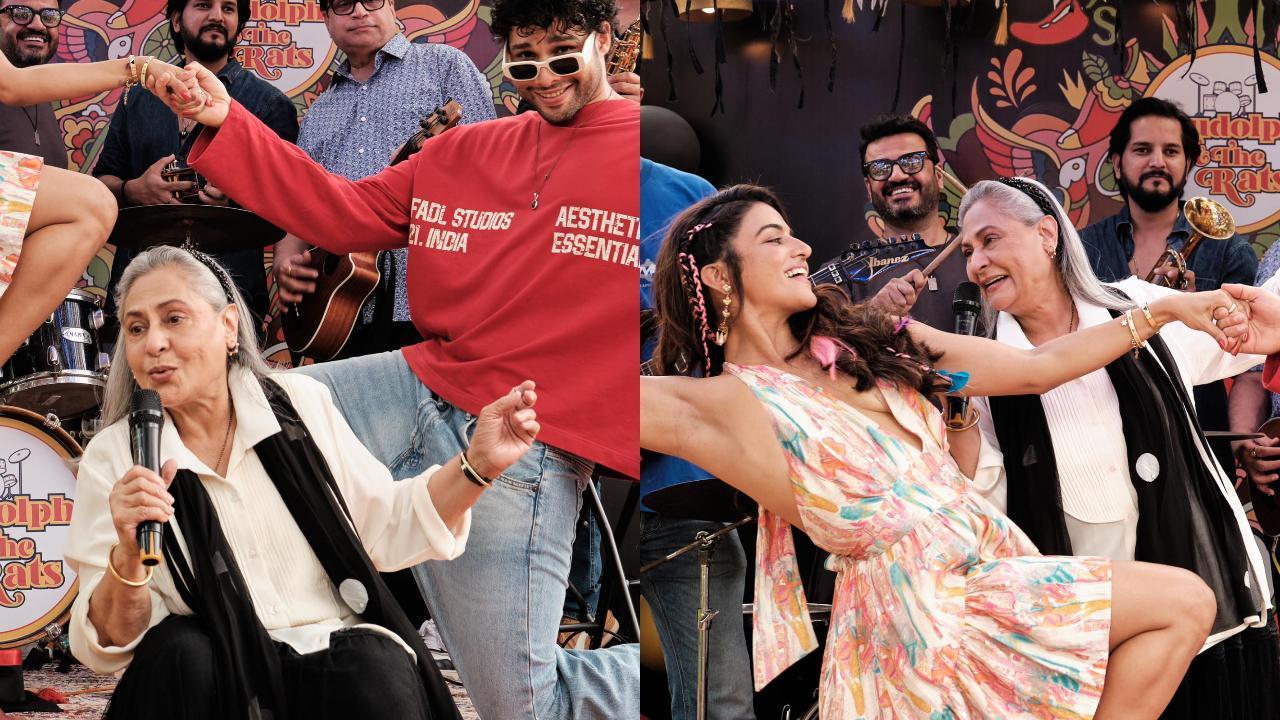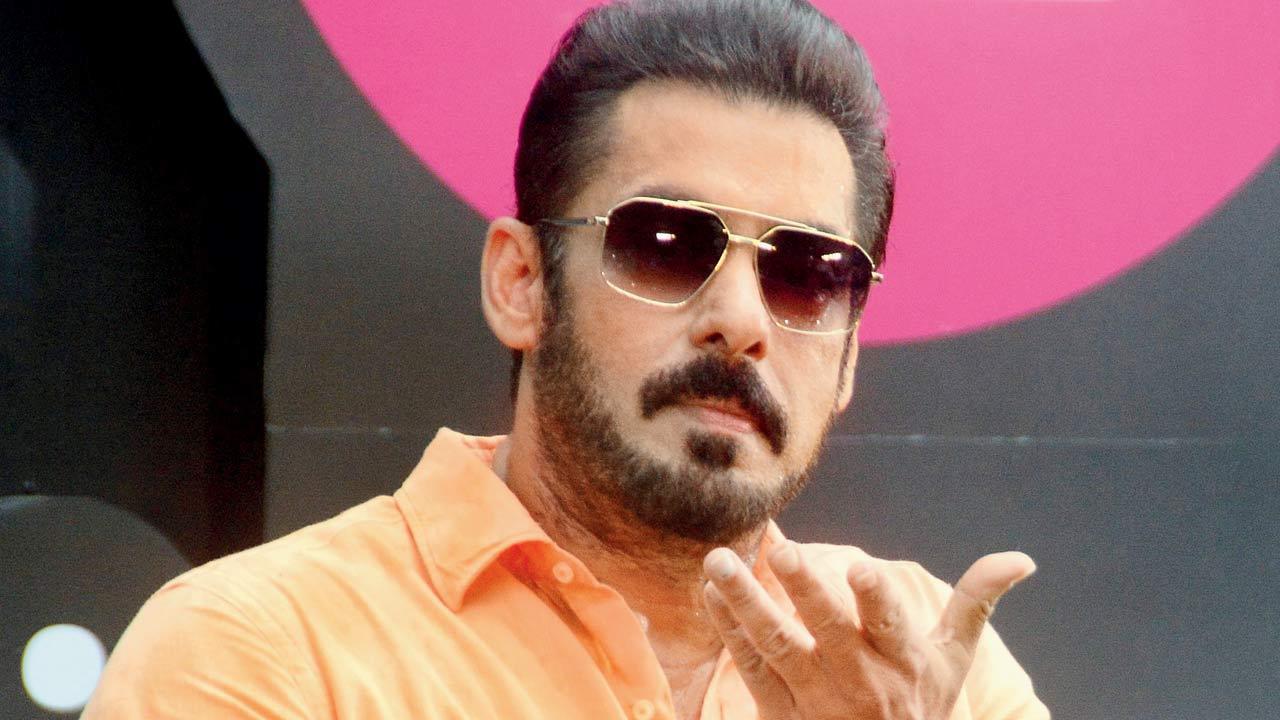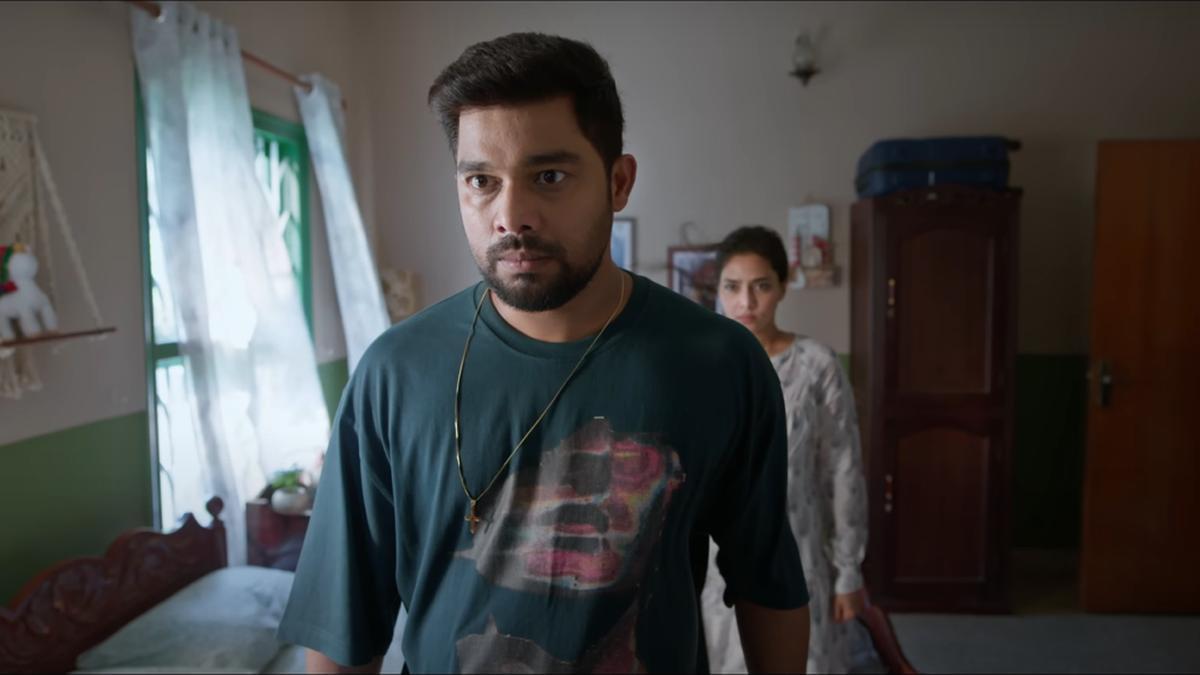
The cycling community in Mumbai is in mourning and demanding action following the tragic death of Avtar Saini, the former head of Intel India. The well-respected industry veteran was struck by a speeding cab while cycling, casting a spotlight on the perils faced by cyclists in the bustling city. In response to this calamity, Saiyami Kher, an actress and fitness enthusiast, who is rigorously preparing for the grueling Iron Man Triathlon, took it upon herself to address a critical appeal to the city’s authorities.
On February 28, a routine cycling venture turned fatal for Saini in Navi Mumbai. Such incidents are far too common in the city’s chaotic streets where cyclists vie for space alongside rampant vehicular traffic. Saiyami, amid her training endeavors, felt compelled to reach out to the Brihanmumbai Municipal Corporation (BMC), urging them to reckon with the hazardous conditions that plague Mumbai’s cycling community.
Through a heartfelt letter to the BMC, Saiyami painted a grim picture of the city’s current landscape, where infrastructural projects like metro lines and flyovers have significantly reduced the road width, leaving almost no room for bicycles. “Cycling in Mumbai has become increasingly unsafe,” said Saiyami, noting that recent lethal occurrences only intensify the pressing need for swift, decisive measures to protect cyclists.
She continued, “It’s distressing that an activity as benign as cycling or jogging could turn life-threatening in an instant. Having been an active participant in marathons for well over a decade, I’ve witnessed first-hand how deplorable our city’s air quality has become – to the point where one might actually find it healthier to jog indoors. It’s high time for Mumbai to adapt and embrace a more fitness-oriented approach.”
Kher is no stranger to the precautions that cyclists must take, including the constant wearing of safety gear. However, she underscores that these individual measures are not enough without a corresponding commitment by the city to create a safer environment for cyclists. She argues for the urban development plans to include dedicated cycling lanes and secure corridors, stressing the urgency of prioritizing their creation. Such infrastructure is essential not only for preventing mishaps but also for promoting cycling as an environmentally friendly transportation option.
The stark reality of such initiatives or the lack thereof is brought into even starker relief by Saiyami’s personal experiences as an athlete. She details her encounters with the dangerous and inhospitable conditions that make outdoor exercise a hazardous endeavor. The concern is not just about creating these spaces but ensuring that they are ingrained in the city’s mindset as it continues to grow and modernize.
Beyond the immediate health and safety benefits, Saiyami’s request dovetails with broader environmental and social advantages. Dedicating lanes for bicycles would not only serve to protect individual riders but also act as a catalyst for a larger cultural shift towards sustainable and health-conscious living. Encouraging cycling as a mode of transportation could alleviate traffic congestion, reduce pollution, and improve the overall well-being of city residents.
Even as the city debates the next steps, the cycling community grieves for one of their own. Avtar Saini’s untimely demise serves as a tragic reminder of the dangers that everyday cyclists face on Mumbai’s streets. Saiyami Kher’s impassioned plea is not merely an appeal for sympathy but a clarion call for action; an action that might transform Mumbai into a paragon of fitness, safety, and sustainability for urban cities across the globe.
As the city looks to the future, one can only hope that Saiyami’s advocacy spurs the necessary changes before more lives are lost to the perils of inadequate urban planning. The time for reform is now, and the creation of a hospitable environment for cyclists in Mumbai is overdue. It’s a change that honors not only the memory of Avtar Saini but also the lives of all riders who take to the streets seeking health, happiness, and harmony with their city.










